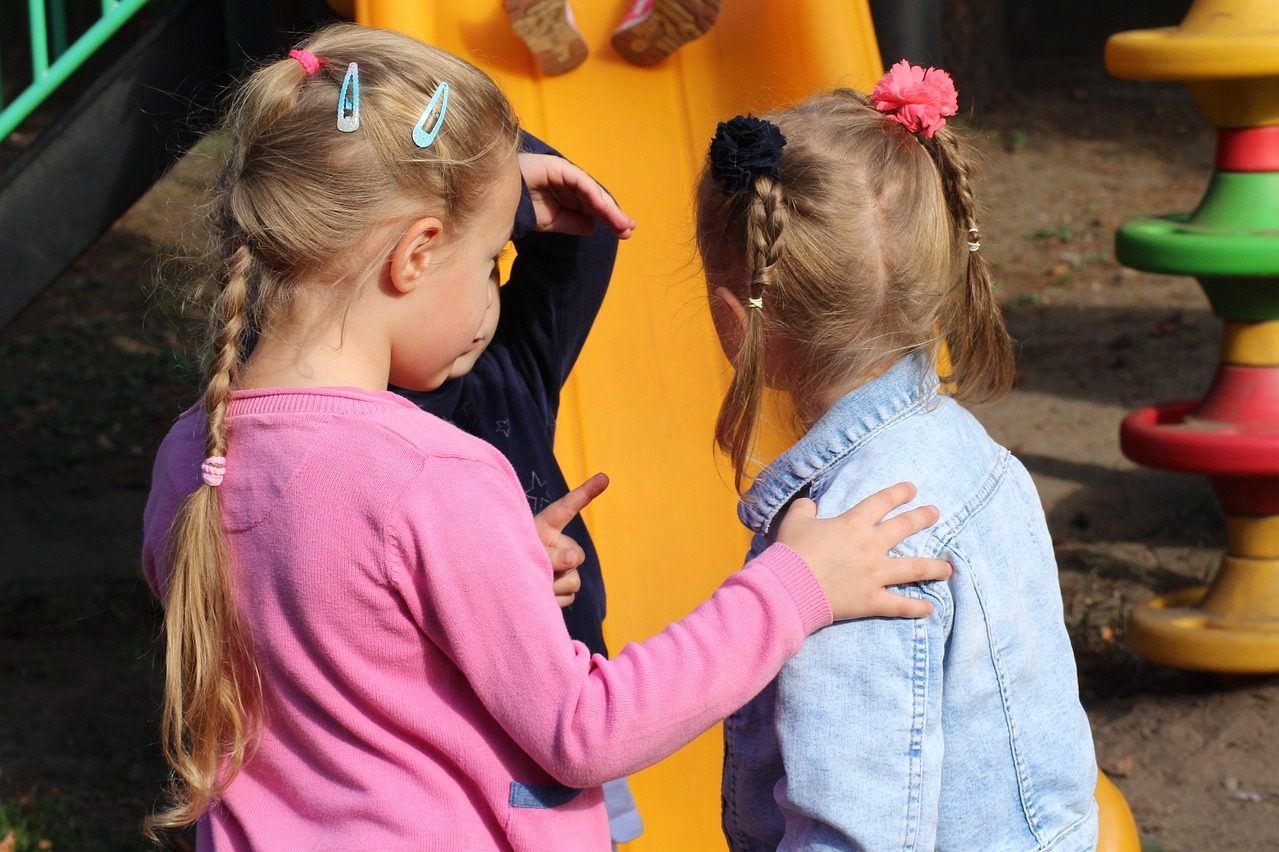Why Being Poverty Aware in our Work with Children and Families Matters
The reasons why children are neglected are multi-faceted and complex but alongside this there is growing evidence about the strong association between poverty, child abuse and neglect. (Bywaters et al 2022). The vast majority of families living in poverty do hot harm their children, however, the evidence highlights that deprivation is a contributory causal factor in child abuse and neglect.
Whilst poverty will not be the only reason why children are abused or neglected, it is intrinsic to the wider circumstances that contribute to the abuse or neglect, for example parental mental health, domestic abuse, family stress and conflict. It follows then that children who live in the most deprived parts of a local area are more likely to be involved with statutory safeguarding services than those children living in the least deprived. (Bywaters et al 2020)
In relation to children’s development we also know that:
‘‘Poverty has negative impacts on children’s health, social, emotional and cognitive development, behaviour and educational outcomes. Children born into poverty are more likely to experience a wide range of health problems, including poor nutrition, chronic disease and mental health problems’’ (NHS 2021).
In this context let’s take a look at definitions and measures of poverty.
Poverty Definitions & Measures
There is no single definition or measure of poverty. For The Joseph Rowntree Foundation (JRF) poverty means:
‘…..not being able to heat your home, pay your rent, or buy the essentials for your children. It means waking up every day facing insecurity, uncertainty, and impossible decisions about money. It means facing marginalisation – and even discrimination – because of your financial circumstances. The constant stress it causes can lead to problems that deprive people of the chance to play a full part in society.’ (2019)
The JRF provides a baseline understanding of poverty as detailed below:
Relative Income Poverty
Households with less than 60% of the current median income.
Absolute Income Poverty
Households with less than 60% of the median income in 2010/11, uprated by inflation.
Material Deprivation
Where you can’t afford certain essential items and activities.
Destitution/
Extreme Poverty
Where you can’t afford basics such as shelter, heating and clothing.
How Many People Live in Poverty?
The below statitstics are taken from the latest JRF UK Poverty Report published in 2024 and detail the prevelance of poverty in 2021/22. You can read the full report HERE.
of children were
in poverty.
of Plymouth
children were in
poverty.
of working age
adults
with children
were in poverty.
Our local Plymouth data from the Low Income Family Tracker (LIFT) tells us that in November 2023 we had..….
Children Living in low income households
Children living in relative Poverty
Children living in fuel poverty
What our Plymouth children say about living in poverty:
‘I have stopped being invited to things by my friends because they know I can’t afford to go.’
‘I’ve not been able to have new shoes for school and am too embarrassed to ask for help.’
‘With the cost of living crisis, my parents are more stressed and it is passed onto us without them meaning to.’
‘You feel emotionally neglected and that you are the reason your parents are in a toxic relationship.’

Let’s reflect and think about what this means for our work with children and families
As is highlighted in Working Together 2023, successful outcomes for children depend on strong partnership working between parents/carers and the practitioners working with them. Practitioners should take a child-centred approach to meeting the needs of the whole family. Being poverty aware therefore means:
Understanding the Challenges
We need to understand the daily challenges families are experiencing and what this means for their support plans. For example, an early help, child in need or child protection plan might include responsibilities for parents to take their children to various appointments but what does that look like in reality for the family? Does it involve numerous buses across the city at significant cost that the parents can’t afford? When the children then are not brought to the appointments we can label families as ‘not engaging’ rather than understanding the challenge of getting to those appointments. So, think through the practicalities of how we can help families access support.
Being Comfortable Talking About Family Finances
For various reasons professionals and families may not want to discuss money, we might be embarrassed or feel shame. But it may be necessary to talk about finances to help understand what is going on and how things can be improved. A helpful phrase can be ‘How are things for money, it’s a struggle for everyone at the moment so I might be able to help introduce you to some help.’ Make things a generic offer, for example you could say ‘We’re letting all families know about the school uniform shop at the moment where you can get free uniforms. If you’d like to go and need any help getting there just let me know.’
There are times when we also need to be clear with families about what comes first when spending money e.g. food and clothes for the children.
Know Your Community and What Help is Available
Communities are key to supporting strength in families and sustaining change after any support plan ends.
Family Hubs are an excellent source and place to start for information and support for families and you can find out all about them HERE.
Plymouth also has a Cost of Living Hub website where families can find lots of useful information and help from financial advice to help with energy costs. You can find the cost-of-living hub HERE.
